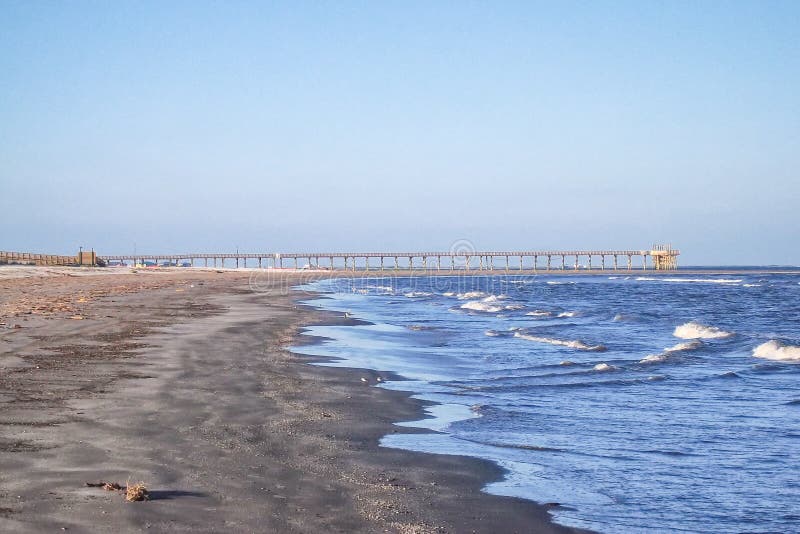
The storm's eye passed over the town of Manta for four hours, between 3:00 pm and 7:00 pm on September 17. Late on September 18, the center of the storm was estimated to have made landfall in Pinar del Río Province with winds of 100 mph (160 km/h) an atmospheric pressure of 976 mbar (hPa 28.82 inHg) was recorded during its passage. Moving at a slow pace of 4 to 6 mph (6.4 to 9.7 km/h), the system gradually intensified. On September 16, the system attained winds of 75 mph (120 km/h), what would now be considered a Category 1 hurricane on the Saffir–Simpson hurricane scale. Īfter reaching this strength, the storm slowed and gradually took a more northwesterly course, heading towards Pinar del Río Province in western Cuba. Tracking west-northwestward, the depression brushed the coast of Haiti before attaining tropical storm intensity off the northwestern coast of Jamaica on September 15. However, meteorologist José Fernández Partagás stated that there was no evidence of a closed circulation, a key component of tropical cyclones, until September 14. According to the Atlantic hurricane database, maintained by the National Hurricane Center, the system developed into a tropical depression south of Hispaniola in the Caribbean on September 13. On September 10, barometric pressures across several of the islands in the eastern Caribbean fell, indicating that a disturbance was moving through the region. Enhanced by a strong area of high pressure over the Azores and British Isles, the system was able to gradually intensify as it neared the Lesser Antilles. The origins of the Grand Isle hurricane were in a tropical disturbance over the western Atlantic Ocean in early September 1909. In terms of monetary losses, the storm wrought $11 million (1909 USD $265 million 2010 USD) in damage throughout its path.Įxtratropical cyclone / Remnant low / Tropical disturbance / Monsoon depression Thousands of other homes throughout the affected region lost their roofs and telegraph communication was crippled. Along the Louisiana coastline, a powerful storm surge penetrated 2 mi (3.2 km) inland, destroying the homes of 5,000 people. Throughout these states, 371 people are known to have been killed, making it the sixth deadliest hurricane in United States history at the time however, it has since been surpassed by five other cyclones. In the United States, the hurricane wrought catastrophic damage across Louisiana and Mississippi. In the Caribbean, little impact was known to have been caused by the storm outside of Cuba where rough seas killed 29 people. The system quickly lost strength after moving over land, dissipating the following day over Missouri. After only slightly weakening, the hurricane increased in forward motion and made landfall near Grand Isle, Louisiana on September 21. After a briefly weakening over land, the system regained strength over the Gulf of Mexico, with peak winds reaching 120 mph (195 km/h) the following day. On September 16, it attained the equivalent of a modern-day Category 1 hurricane on the Saffir–Simpson hurricane scale and further strengthened to attain winds of 100 mph (160 km/h) before making landfall in Pinar del Río Province, Cuba on September 18. Two days later, the system attained tropical storm intensity and turned northwestward towards Cuba. Forming out of a tropical disturbance just south of Hispaniola on September 13, 1909, the initial depression slowly intensified as it moved west-northwest towards Jamaica. The 1909 Grand Isle hurricane was a large and deadly Category 3 hurricane that caused severe damage and killed more than 400 people throughout Cuba and the northern coast of the Gulf of Mexico. Part of the 1909 Atlantic hurricane season


A collage of damage pictures in an edition of The Daily Picayune from the storm in Bay St.


 0 kommentar(er)
0 kommentar(er)
